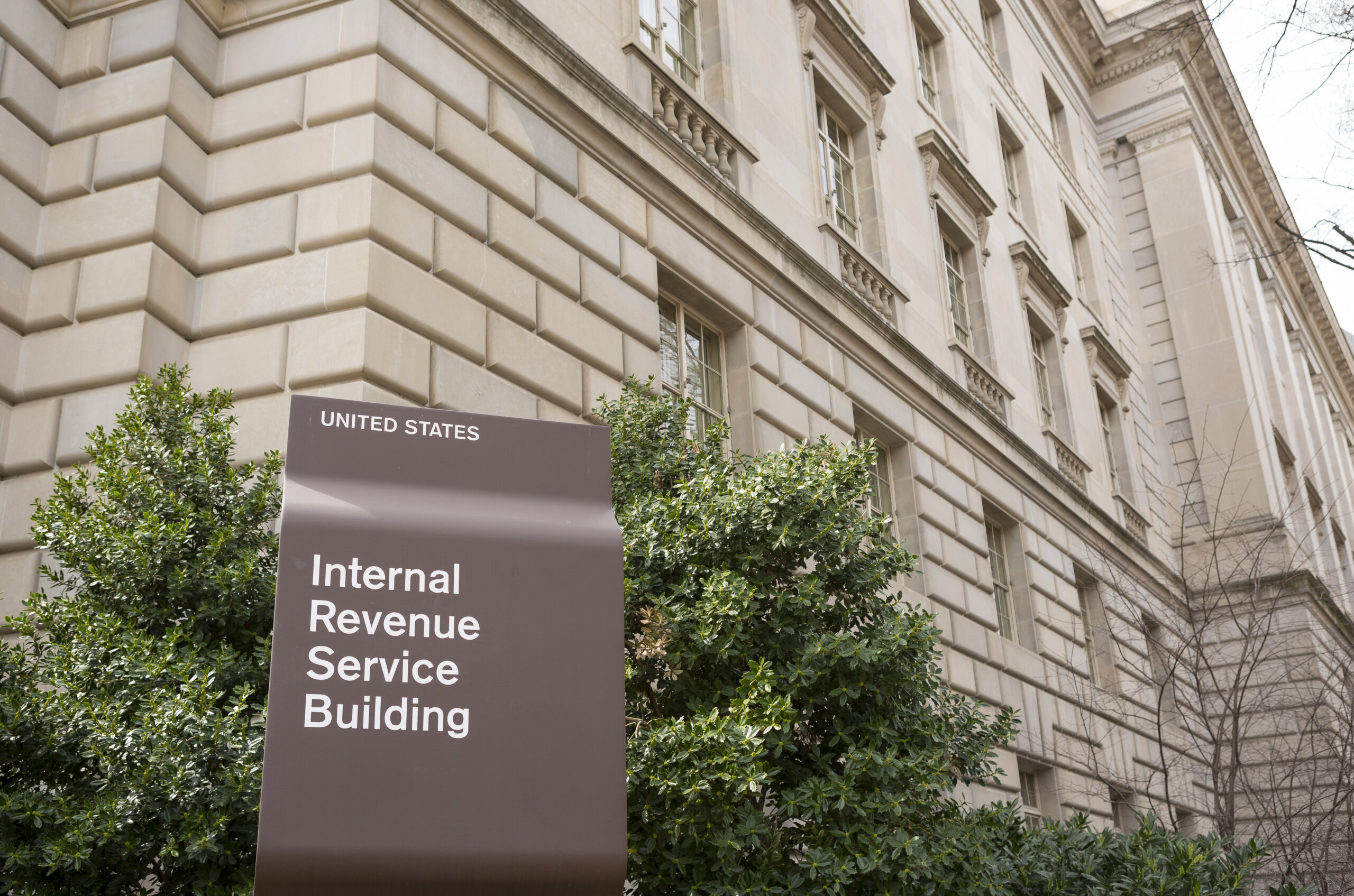IRS Clarifies 2023 Required Distribution Rules for Secure 2.0 Act

The 2022 Secure 2.0 Act brought welcome relief to retirement account owners by extending the beginning dates for required minimum distributions (RMDs) from age 72 up to age 75, phased in over the next 10 years. The first increase began this year, but issues have arisen regarding implementation of the new rules for 2023 distributions. To clear up the confusion, the IRS has released Notice 2023-54 providing guidance on 2023 RMDs and extending the deadline to roll over distributions that were mischaracterized as RMDs. The IRS also said forthcoming final regulations will apply to RMDs for calendar years beginning no earlier than 2024.
Transition Relief for Secure Act 2.0 Changes
The Secure 2.0 Act changed the required beginning date for required distributions from employer-sponsored retirement plans and other tax-favored retirement plans, including IRAs. The distribution age of 72 was upped to age 73 in 2023 and then to age 75 starting in 2033. The IRS clarified the effect of those changes as follows:
- The beginning date for required distributions is April 1 of the calendar year in which the taxpayer attains the “applicable age.” The Act raises the applicable age from 72 to 73 beginning in January 2023. For example, those born in 1951 who turn 72 in 2023, are not required to take an RMD until April 1, 2025 because they do not turn 73 until 2024, the IRS explained.
- For non-spouse beneficiaries of retirement plan owners, a general rule applies to require that the employee’s entire interest must be distributed within 10 years after the employee’s death (the “ten-year rule”). The notice provides that distributions must be taken each year during that 10-year period.
Mischaracterized RMDs and Rollovers
The IRS notes some plan participants and IRA owners who take a distribution in 2023 may have those distributions mischaracterized as RMDs because of the time it has taken plan administrators to change over to Secure 2.0 Act procedures. If the distributions are mischaracterized as RMDs, they are not eligible for rollover.
To alleviate this situation, the IRS has extended the 60-day rollover period for 2023 distributions mischaracterized as RMDs to September 30, 2023. This relief applies to any distribution made from a plan between January 1, 2023 and July 31, 2023 to a participant born in 1951 (or that participant’s surviving spouse) that would have been an RMD under the law in effect before the changes made by the SECURE 2.0 Act.
Taken together, these changes allow taxpayers who do not need the immediate income to forego yearly distributions, increase their savings compounding and defer taxes on their accounts for an extended period of time.
Conclusion
Unlike other areas of the law, the tax law changes frequently, which can be a challenge for taxpayers and the tax professionals trying to advise them. When there are major revisions, such as the retirement plan provisions in the Secure 2.0 Act, transition rules that phase in changes can be confusing and difficult to implement. Frazier & Deeter monitors the stream of guidance out of the IRS to ensure that our clients’ transition to new tax rules and procedures are seamless and compliant.
Explore related insights
-
Leveraging State Tax Opportunities to Drive Business Growth
Read more: Leveraging State Tax Opportunities to Drive Business Growth
-
The IRS and Your Tax Return: What’s Changing This Year?
Read more: The IRS and Your Tax Return: What’s Changing This Year?






